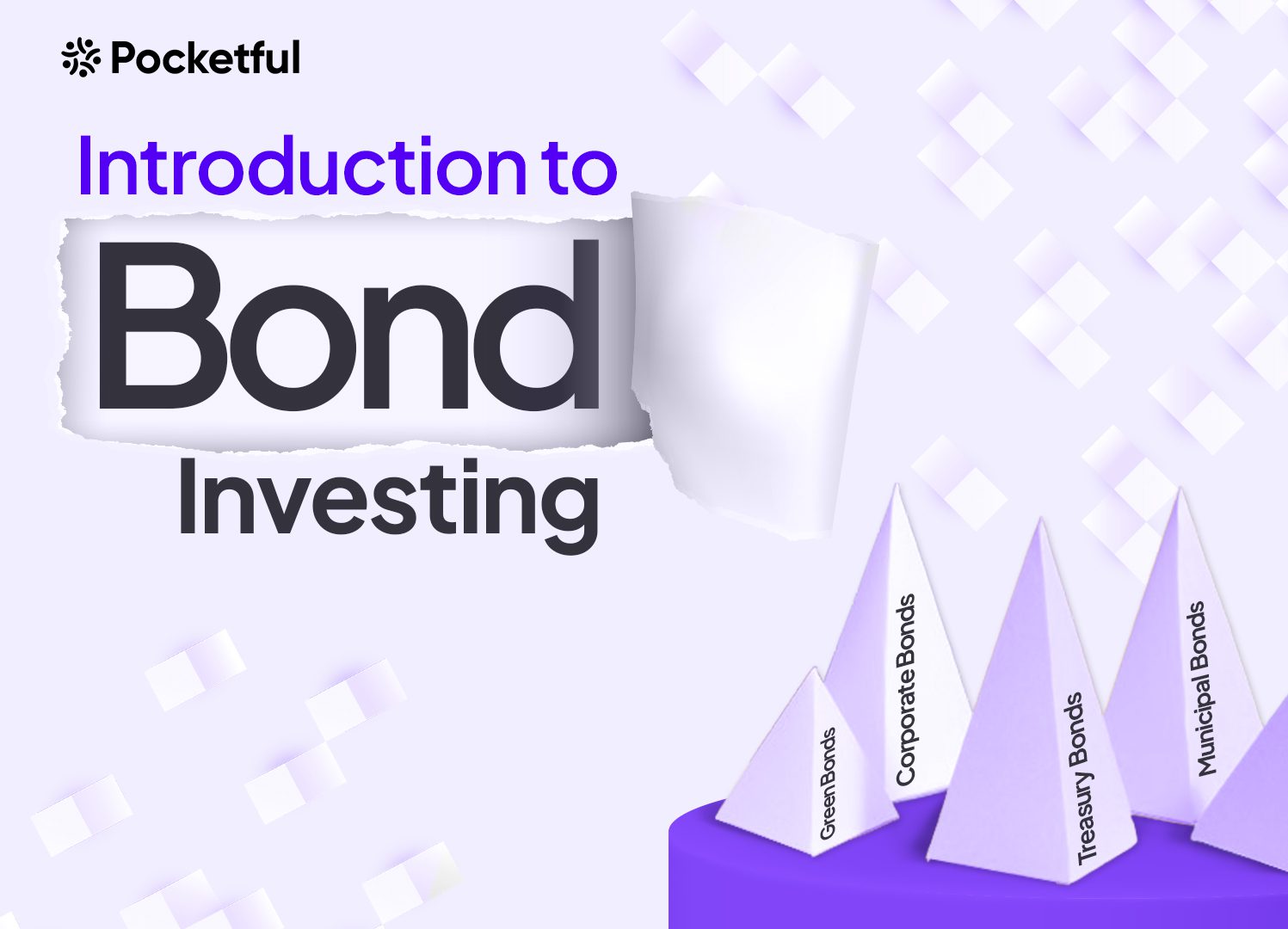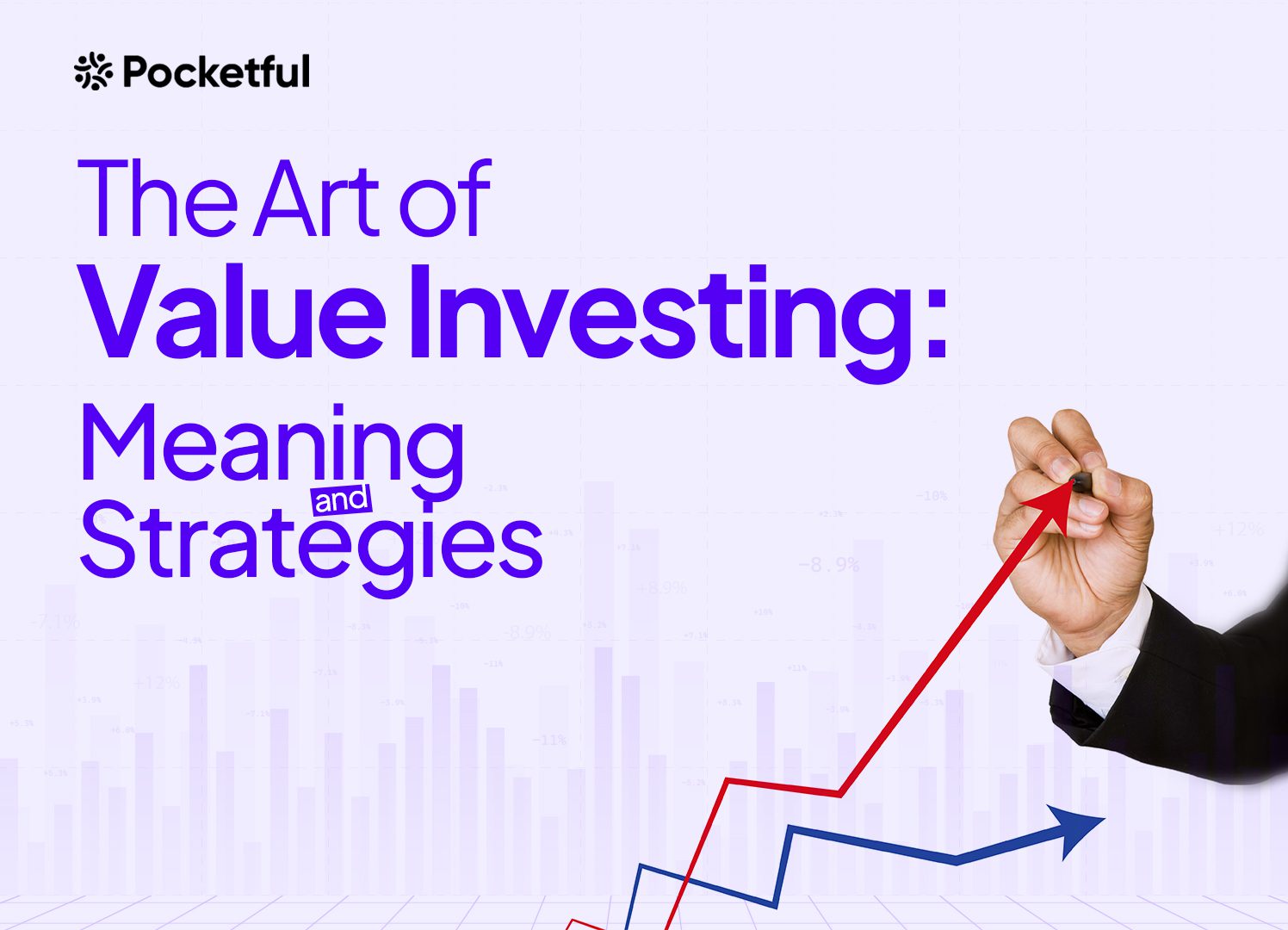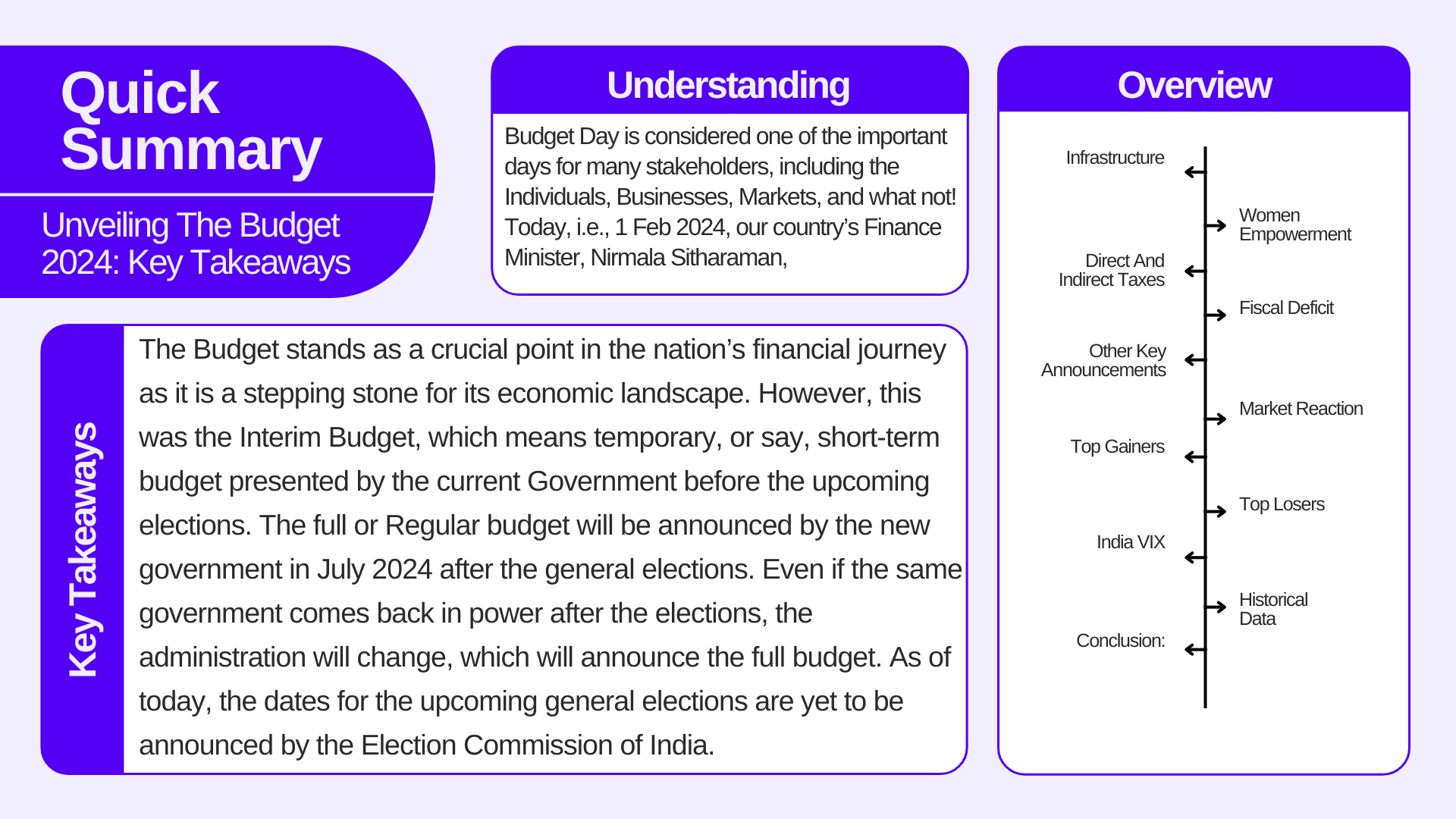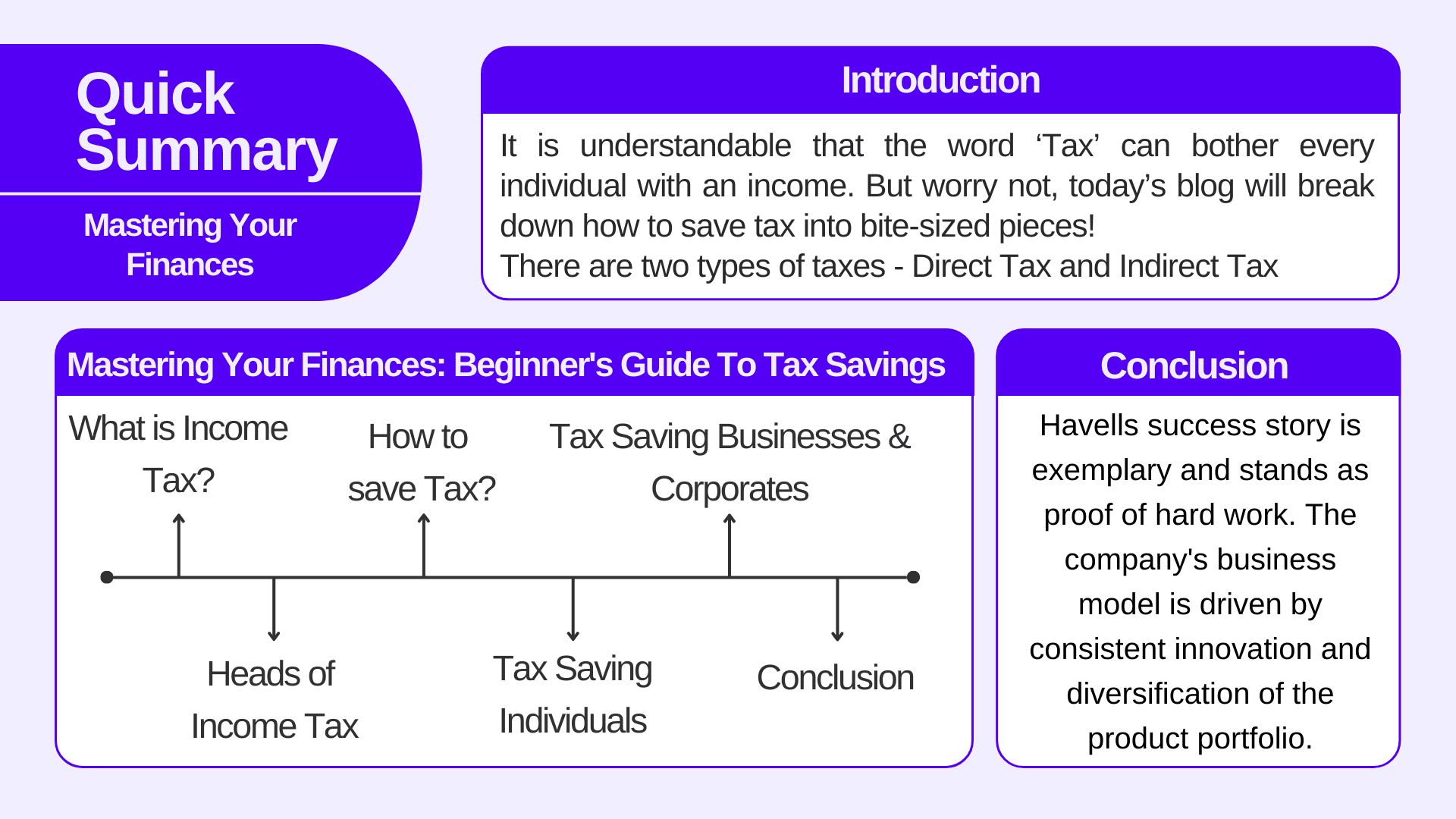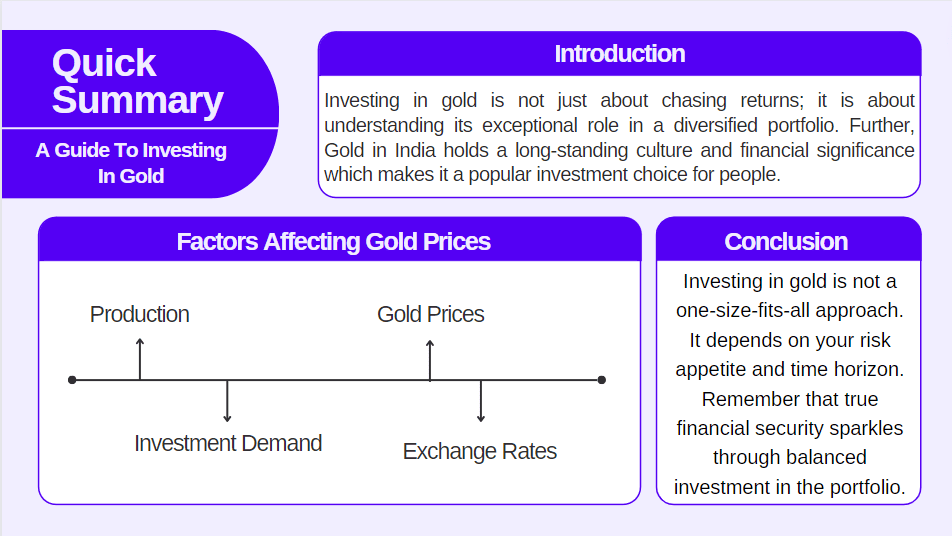Did you know that during the financial year 2023, the Reserve Bank of India (RBI) registered bank frauds exceeding INR 30,000 Cr in value? Nowadays, financial scams have become more prevalent, making it difficult to distinguish fraudulent activities from genuine ones.
As per the reports of Statista in 2023, the Reserve Bank of India reported 9,103 financial scams across India. In this blog, we will understand how to avoid scams with the aim of increasing awareness.
Prevalence of Financial Scams in India
In 2023, India’s financial sector witnessed a surge in sophisticated scams and frauds that exploit evolving technologies and capitalize on unsuspecting individuals. Here are some facts pertaining to the year of 2023:
- The national cyber crime helpline receives around 50,000 Calls every day, totalling over 13.1 lakh complaints in the entire year.
- During investment and due process, a total of 2.95 lakh fake SIM cards, 46,000 devices, 2,810 websites, and 595 mobile applications were blocked.
- Approx. 35% of the total scams focussed around customer service and KYC.
- Approx. 24% of the total scams focussed on sextortion.
- Approx. 22% of the total scams were focused on online bookings and QR codes.
While scams are spread out in the entire country, some states witnessed more than others. Data for some of the individual states (& UTs) are as follows:
- Uttarakhand – 243 cyber crimes per capita
- Gujarat – 226 cyber crimes per capita
- Haryana – 381 cyber crimes per capita
- Telangana – 261 cyber crimes per capita
- Delhi – 755 cyber crimes per capita
It is an undisputed fact that the country is facing an epidemic of scams and frauds. Hence, we must know about the varied types of scams happening around the country.

UPI Scam
The advent of UPI transactions marked an important milestone in the digital era of payments in India. However, fraudsters and scammers are using different social media platforms like WhatsApp to gain access to a number of individuals and defraud them via various means, such as claiming to be bank representatives, NGOs, etc. They feed on fear of the victims and compel them to adhere to the fraudsters’ demands.
- In the year 22-23, reported UPI fraud cases exceeded 95,000, a notable increase from the 84,000 cases reported in 2021–2022, as per the Ministry of Finance.
- Shockingly, 55% of all digital payment frauds in India are associated with UPI transactions.
- According to the reports, it has been witnessed that 50% of these scams have an average ticket size of less than Rs 10,000.
- In 2023, UPI fraud, bank fraud, and email scams resulted in a staggering financial loss exceeding INR 200 cr.
QR code scam alert
Nowadays, QR code scams are on the rise in India, with fraudsters employing deceptive tactics to lure victims into scanning fraudulent QR codes, resulting in the direct theft of funds from their bank accounts.
- As per police statistics, 41% of the 50,000 reported cybercrime incidents in Bangalore revolved around QR codes.
Part-time job scams
Fraudsters are using social media to target their audiences with promises of easy part-time work and handsome salaries.
- As per a report in 2023, Delhi police addressed 467 complaints about internet fraudsters advertising part-time work—an alarming increase from the 32 complaints reported in 2020.
Courier Scam
These kinds of scammers are targeting young audiences and claiming that courier parcels, allegedly containing drugs or other illegal items, are being sent in their names to foreign countries.
- Bengaluru police addressed around 163 such courier reports in 2023, and the cumulative financial loss from these scams was more than Rs 5 cr.
Malware warning frauds
Fraudsters are increasing in delusive tactics, like fake customer support, cashback links, or emails, to convince unsuspecting consumers to install malware, screen mirroring, or remote access apps.
- Tech support scams are becoming a worrying factor where 7 out of 10 consumers fall victim to such schemes.

Read Also: Scam 1992: Harshad Mehta Scam Story
Financial Scams Awareness
Protecting yourself from financial scams and fraud in India requires awareness and caution. Frauds and scams exist in different forms: phishing, emails, and phone calls. Some steps to protect yourself are stated below.
Educate yourself
Knowledge is a great way to defend yourself from scams and frauds. Stay informed and updated about scams and fraud. Government bodies provide information about current scams and how to avoid them.
Verify PIN
Do not share your PIN or any other personal information with anyone. Reputed organizations will not ask for your PIN.
Two-step -verification
It is essential to enable the two-step verification factor. This will help you to give an extra layer of security.
Use strong passwords
Create strong and unique passwords for your files, including social media sites, banking files, etc. Always use a combination of letters, numbers, and special characters, and avoid using the same passwords for multiple portals.
Beware of fraud phone calls
Avoid picking up calls from suspecting numbers and do not provide any confidential details on such calls, even if they claim to be representatives of corporations.
Ask help
If you become the victim of a scam, then consult with the police and legal professionals to seek resolution as quickly as possible.
Financial Scams Resolution
In a recent interview, the Director General of Police (DGP) of Uttarakhand, Ashok Kumar, spoke on cyber crimes in India. He explained a few preventive steps to minimize cyber crimes, fraud, and scams. The pointers are stated below:
- Notify your bank’s customer service immediately, report your incident to them, and ask for help to cease your bank details.
- File a complaint with NCRP (National Cyber Crime Reporting Portal).
- Contact your local police station and also file an FIR.
- Keep a close eye on your account’s transactions.

Read Also: Explainer on UPI Scams: Latest Scams, Economic Data, Government Actions, and Prevention Tactics
Conclusion
In conclusion, it is crucial to stay informed and cautious to avoid falling victim to scams and fraud in India. By educating themselves, verifying identities, enabling two-step verification, using strong passwords, being wary of fraudulent phone calls, staying updated, and seeking help when needed, individuals can protect themselves from financial scams and fraud.
Frequently Asked Questions (FAQs)
What is Fraud?
It is defined as the false representation of facts or providing false statements to another party for the specific purpose of gaining something that may not have been supplied without the deception.
What are two basic types of Fraud?
The courts classify fraud under two major types: criminal and civil.
What is an example of a fraud scheme?
Common frauds include Ponzi schemes, phoney job offers, false billings, bogus investment opportunities, etc.
Why is it important to understand fraud?
Fraudsters have evolved their methodology in recent times. Therefore, we need to stay aware of their movements so that we can protect ourselves from getting defrauded.




